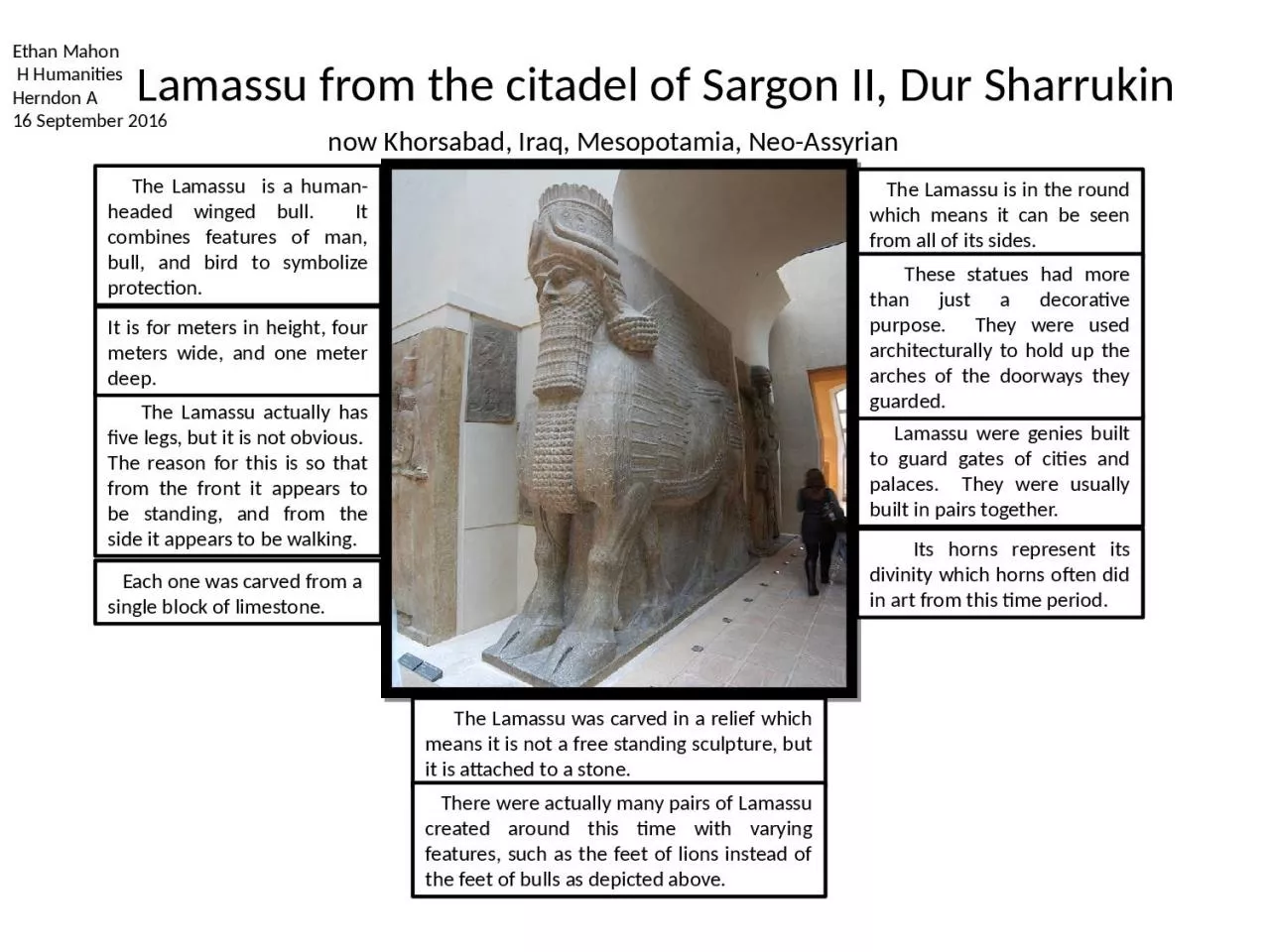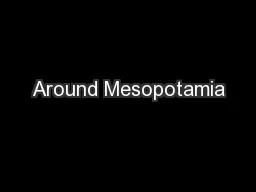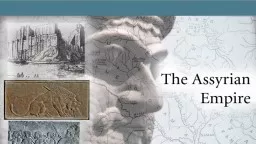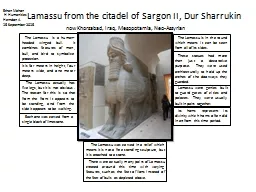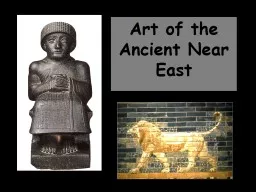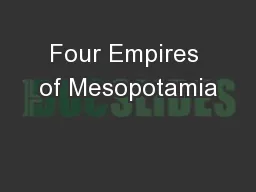PPT-Lamassu from the citadel of Sargon II,
Author : roxanne | Published Date : 2023-09-21
Dur Sharrukin now Khorsabad Iraq Mesopotamia NeoAssyrian The Lamassu is a humanheaded winged bull It combines features of man bull and bird to symbolize protection
Presentation Embed Code
Download Presentation
Download Presentation The PPT/PDF document "Lamassu from the citadel of Sargon II," is the property of its rightful owner. Permission is granted to download and print the materials on this website for personal, non-commercial use only, and to display it on your personal computer provided you do not modify the materials and that you retain all copyright notices contained in the materials. By downloading content from our website, you accept the terms of this agreement.
Lamassu from the citadel of Sargon II,: Transcript
Download Rules Of Document
"Lamassu from the citadel of Sargon II,"The content belongs to its owner. You may download and print it for personal use, without modification, and keep all copyright notices. By downloading, you agree to these terms.
Related Documents

